Text produced by Mariana Albuquerque, journalism graduate student at IDP.
The prejudice that surrounds HIV fears the ignorant and brings them closer to the viral danger, in order to truly understand what the virus is and how it is formed. HIV and AIDS are not the same thing. HIV is the acronym in English for Human Immunodeficiency Virus. This is a virus that attacks the immune system, which protects the human body. HIV cannot yet be definitively eliminated from the human body. AIDS is the immunological disease caused by the virus.
The virus that took great music stars like Cazuza, who throughout his life was surrounded by questions about his sexual orientation, actually goes beyond common sense, and most people don't know what the turn of the century was for. science and for people living with the virus that was previously deadly.
Freddie Mercury's big secret led to his death after no longer wanting to take medication to treat HIV. The bisexual lead singer of Queen, could not bear to take the fact that he was HIV positive to the coffin, the day before he died he confirmed that he had Aids, and in the end he asked “I hope everyone joins me, my doctors and the whole world in the fight against this terrible disease”, he said. Freddie's fight has not yet ended, but there is something to be proud of in the fight against the virus.
The fight against HIV and AIDS: on the way to ending mortality
UNAIDS leads the global effort to end HIV/AIDS as a public health threat by 2030 as part of the Sustainable Development Goals. According to the organization itself, since the first cases of HIV were reported 40 years ago, 78 million people have been infected with HIV and 35 million have died from AIDS-related illnesses.
To get a sense of the number of deaths caused by a virus that has been talked about so much:
But really, does the virus have a sexual orientation?
No. And this was proven by research from the HIV bulletin in 2019, the Brazilian Southeast and Central-West regions showed a predominance of the homosexual/bisexual exposure category (46.5% and 41.5%, respectively), while in In other regions, the predominance was heterosexual. What differentiates risk group stigmas and risk situations, with the architecture of prejudiced behavior being the closest and most mitigating danger among straight people.
Source: hiv-2020/gov.br bulletin
What is it like dealing with the virus?
According to UNAIDS itself, there is no specific behavior for people living with HIV that is different from the behavior of anyone who cares about their physical and psychological well-being. “It is important that people living with HIV are aware of their lifestyle and focus on self-care, undergoing regular medical monitoring and adhering to antiretroviral therapy. Adequate HIV treatment is 100% free and provided by the Unified Health System (SUS)”.
The digital influencer, Lucian Ambrós from @posithvidades on Instagram, openly homosexual, says that he received the news 12 years ago and that there was little information and taboo on the subject and he felt very scared. On his social networks he made the subject more normal and, in turn, opened the debate to support people who receive this result. He always indicates that “the first thing a person should do when discovering their serology is to start treatment so that they can have a peaceful life, being undetectable”.
“Undetectable” - the term is the goal of each and every patient who takes regular treatment for HIV, read more about it in this report.
Lucian Ambrós, influencer and talks about the importance of preventing and treating HIV, wears the undetectable shirt.
Homophobia and prejudice
Lucas Sousa, from Brasilia and computer student, is HIV-negative and homosexual with an active sex life. For him, homophobia and prejudice against the LGBTQIA+ public are evident. “Much of this stigma from the beginning of the epidemic still remains, perhaps exactly a kind of distrust because it is not possible to have a complete idea of who does or does not have this virus, that old phrase: - those who have HIV do not have a warning on their forehead. A misguided and constant warning against homosexuals.”
The student says that the dialogue about HIV in the community is much more open, when compared to the topic among heterosexuals. The subject already comes up frequently on dating apps aimed at the gay public, such as Grinder, when compared to heterosexual relationships. “Even though there is no obligation for HIV patients to explain their condition to others. Especially because I’ve had several conversations with men who immediately reveal their HIV status”, he says.
However, for Lucian, who has been living with HIV for 12 years, the prejudice was much more complicated to deal with, he says that he often did not have the opportunity to talk about serology when interacting with other people, he says that at first he felt afraid of speaking and that this created enormous insecurity in him.
Lucian talks about HIV openly on his social networks. It uses its visibility on the internet to raise awareness among young people and demystify this excessive prejudice against homosexuals. He argues that the idea that LGBTQIA+ people are more likely to contract the virus is incoherent. “It is enough to have unprotected sex to contract the virus, regardless of sexual orientation”, he warns.
Lucas reinforces the responsibility in guiding young people and in the open debate about it, “Conservatives who see the teaching of sexual health as perversion and eroticization of youth. Against this madness, I believe that the best way to prevent young LGBTQIA+ people from contracting STIs is to teach. As talking about sexual health and forms of protection has once again become a very taboo topic, I believe that using the internet and social networks can greatly help young people on this learning journey.”
Find out more about projects aimed at dealing with the LGBTQIA+ community with HIV
“ It was positive, now what? ” Unaids project focusing on young and LGBT audiences. These audiences often connect , bringing a language that is quick and easy to assimilate.
“LGBTI+ Health Booklet. Policies, institutions and health in times of COVID-19”
Launched in partnership with TODXS Brasil, a civil society organization that works specifically aimed at the LGBTQIA + community.
⠀⠀⠀⠀⠀⠀⠀⠀⠀



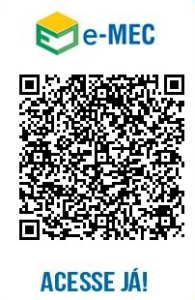
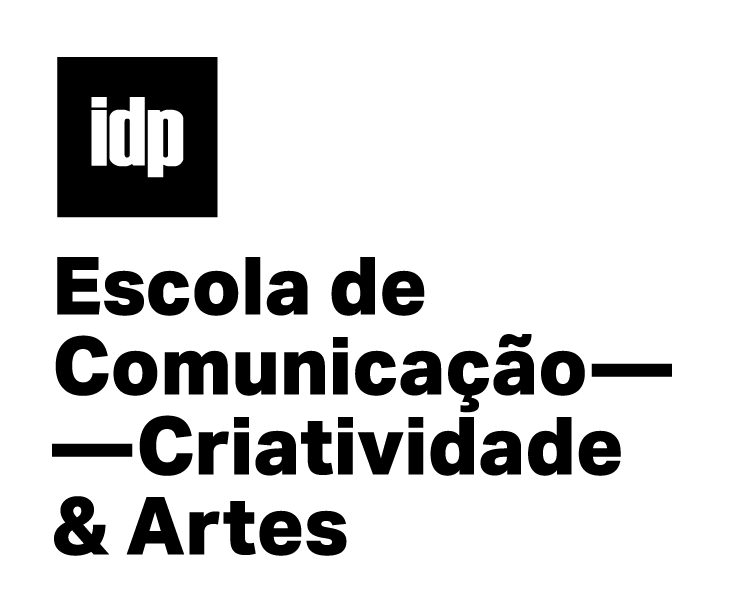
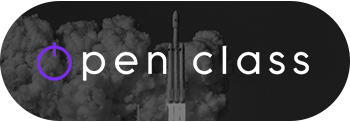
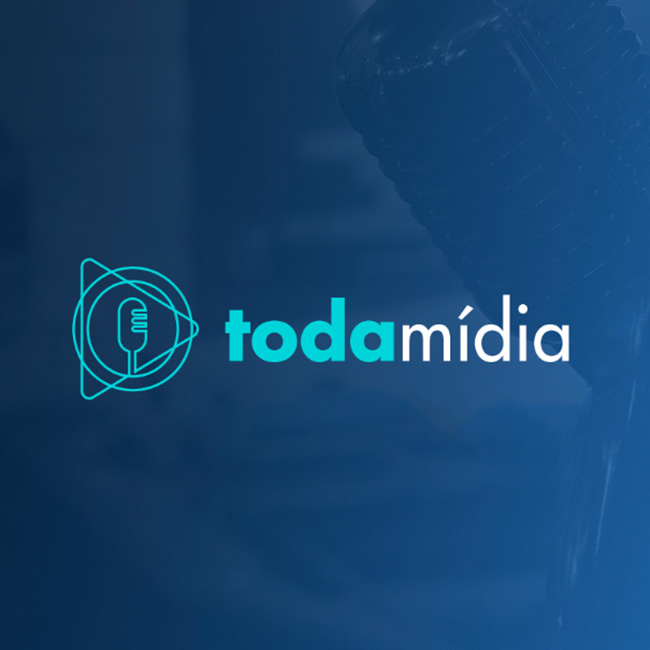
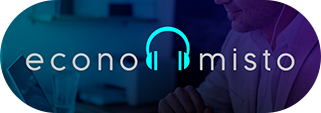
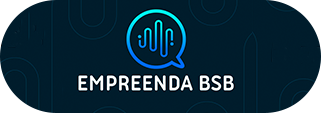
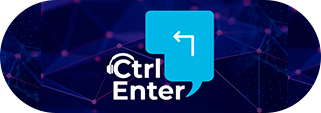
Please Post Your Comments & Reviews